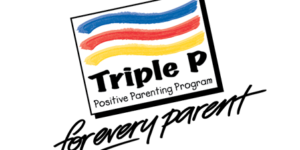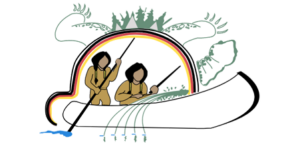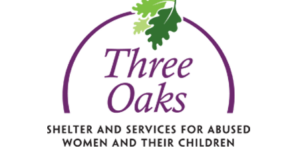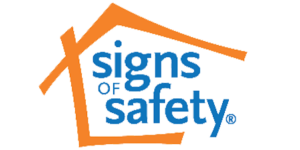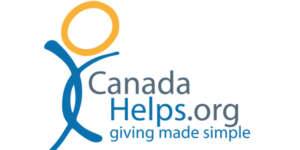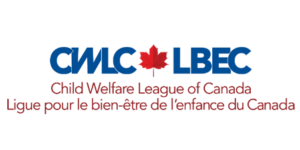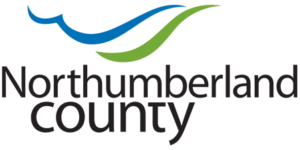Talking to Your Children and Teens
Effective parent-child communication is the foundation for building your child’s self-esteem and fostering loving, supportive relationships with others. Keep the lines open and listen actively to what your child has to say.
To talk with your children and teens:
- get your head physically on the same level as your child’s when you talk
- use words and phrases that your children understand
- avoid including too many ideas in your messages
- paraphrase what you heard your child express
- give clear and consistent instructions defining the exact behaviour you want
- make sure your nonverbal messages do not interfere with or contradict your verbal messages
- make your messages complete and specific
- pay full attention to your child and maintain eye contact with him or her to enhance communication
- avoid thinking about your reply before listening to everything your child has to say
- teach your children not to interrupt and model that behaviour yourself
- ask what, how and why questions that promote discussion rather than questions requiring only yes or no answers
- be alert to body language and respond just as you do with friends
Childproofing Your Home
For tips and techniques to keep your home safe and secure for infants and children, click here to view or download a brochure on childproofing your home.
Safe Sleep Practices for Infants
View or download the infant safe sleeping brochure developed by the Public Health Agency of Canada.
Stages of CAR SEAT (Child Restraint) Use
View or download the 4 stages of car seat (child restraint) chart.
Healthy Kids HPE 10-5-2-1-0
http://hpepublichealth.ca/105210
The 10-5-2-1-0 website outlines daily recommendations on sleep, physical activity, fruit & veggie consumption, screen time & sugary drinks for children and youth aged 5-17 and provides tips to help families aim for 10-5-2-1-0 every day. At the bottom of the web page you will find buttons to download a handout and a bookmark.
Healthy Kids Map
The Healthy Kids Map was created by Hastings County and shows local activities for families. Click the book symbol to choose a community (Ex. Deseronto). You will then see schools, libraries, recreation centres, parks, sports fields, trails etc. available in that community. Thanks so much to Hastings County for investing the time and resources into this wonderful resource!
Internet Safety
- learn about what your child is doing on the internet, websites, chat rooms, emails and messages
- set reasonable guidelines for your child to use the internet and keep the computer in a family room
- ensure children do not give out personal information online such as address, phone number, or school name or location and to use a screen name
- caution children never to agree to meet anyone from a chat room in person
- become familiar with the internet forums and applications that your child/adolescent uses
- explain to your child/adolescent that his or her internet activity will be monitored and that she or he should have no expectation of privacy on the computer
- use anti-virus and filtering software and keep all software up to date
- review sites your teen visits and ensure online diaries and profiles do not contain identifying personal information
- reinforce the public nature of the internet; once pictures or information are sent, control over what happens to them is lost
- monitor webcam use; inform your adolescent that pictures can be captured (photos and videos) by others without their knowledge; disconnect the webcam when not in use
DIAL 211 to get help finding local community and social services such as food banks, housing help, parenting programs, health services and more. Or go to their website:



